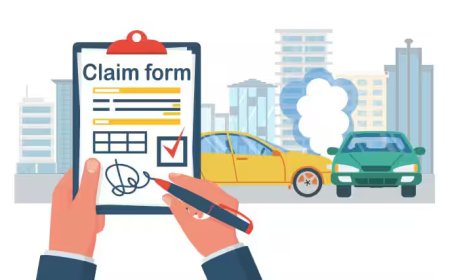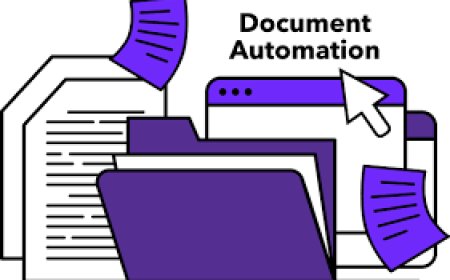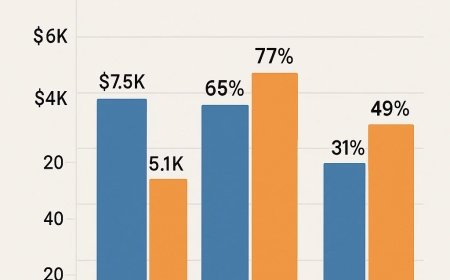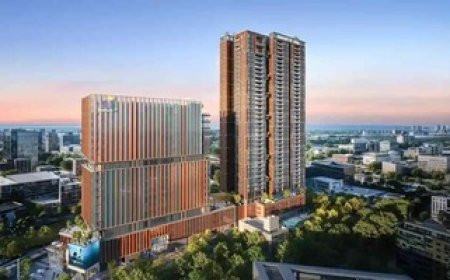How Location in Pittsburgh Influences Your Car Insurance Premiums
Did you know your Pittsburgh neighborhood affects your car insurance premiums? Learn how location, crime rates, and ZIP codes influence pricing and how to save money.
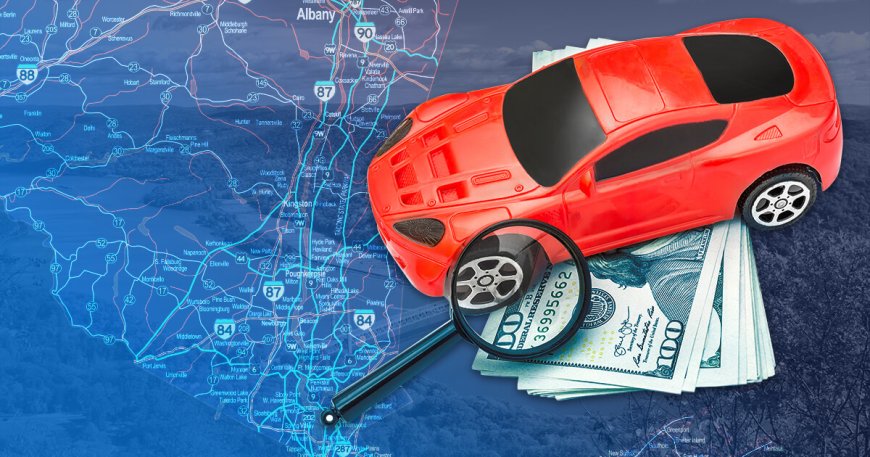
When it comes to car insurance pricing, most drivers think about their driving record, age, or vehicle type. But one factor that surprises many is where you live within Pittsburgh. Believe it or not, your ZIP code and neighborhood have a major impact on what you pay.
Insurance companies carefully analyze Pittsburgh neighborhood insurance rates, factoring in everything from crime statistics to accident frequency. This means two drivers with identical records and vehicles could pay very different premiums simply because they live in different parts of the city.
Lets dive into how location affects your costs and what you can do to keep your rates as low as possible.
Why ZIP Codes Matter in Car Insurance Pricing
Insurance providers use complex data models to assess risk at a very local level. Some of the key location-based factors include:
? Accident Frequency Areas with heavy traffic congestion, such as Downtown or Oakland, have higher accident rates.
? Vehicle Theft & Vandalism Rates Neighborhoods with higher crime statistics, like certain parts of the South Side or Homewood, see more claims.
? Weather & Road Conditions Hilly areas or poorly maintained roads may increase risk.
? Population Density More vehicles on the road mean a higher chance of collisions.
? Historical Claim Data If your ZIP code has a history of frequent insurance claims, premiums go up.
This is why someone living in a suburban area like Mt. Lebanon may pay less than someone in a busier neighborhood with higher claim activity.
Which Pittsburgh Neighborhoods Tend to Pay More?

While exact rates vary by insurer, neighborhoods with:
-
High levels of vehicle theft
-
Dense street parking
-
Busy commuter traffic routes
-
More young or high-risk drivers
often experience higher premiums.
Urban neighborhoods like Bloomfield, Lawrenceville, or parts of East Liberty may face slightly higher costs compared to more residential or suburban areas like Fox Chapel or Ross Township.
How Insurance Companies Analyze Neighborhood Risk
Insurers combine statewide Pennsylvania risk data with hyperlocal Pittsburgh statistics. They use:
-
Crime reports from local law enforcement
-
PennDOT accident and traffic data
-
Weather-related claim histories (think icy winter accidents!)
-
Repair cost data for local body shops
This localized approach ensures theyre charging rates that match the likelihood of a claim.
How to Lower Your Premium Regardless of Location
Even if you live in a high-risk area, there are ways to keep your costs manageable:
-
Use secure parking (garages often lower theft-related risks)
-
Install anti-theft devices some insurers give discounts for added security
-
Take a defensive driving course approved in Pennsylvania
-
Bundle home and auto insurance for multi-policy savings
-
Shop around annually different insurers weigh neighborhood risks differently
If you move to a different Pittsburgh neighborhood, always inform your insurer. Your rates may go up or down based on the new ZIP code.
Expert Insight: Location Isnt the Only Factor
While neighborhood risk is important, its just one piece of the puzzle. Your driving habits, vehicle type, and coverage level have an equal or greater impact. Still, understanding Pittsburgh neighborhood insurance rates can help you plan smarterwhether youre moving or simply trying to cut costs.
Key Takeaway
Location-based pricing is a reality of auto insurance. Living in a lower-risk Pittsburgh neighborhood can mean hundreds of dollars in annual savings. But even if youre in a higher-risk area, there are proactive steps to reduce your premiums and still find affordable coverage.
If youre shopping for better rates, always compare quotes from multiple insurersbecause not all companies weigh neighborhood risks the same way.








&srotate=0)



